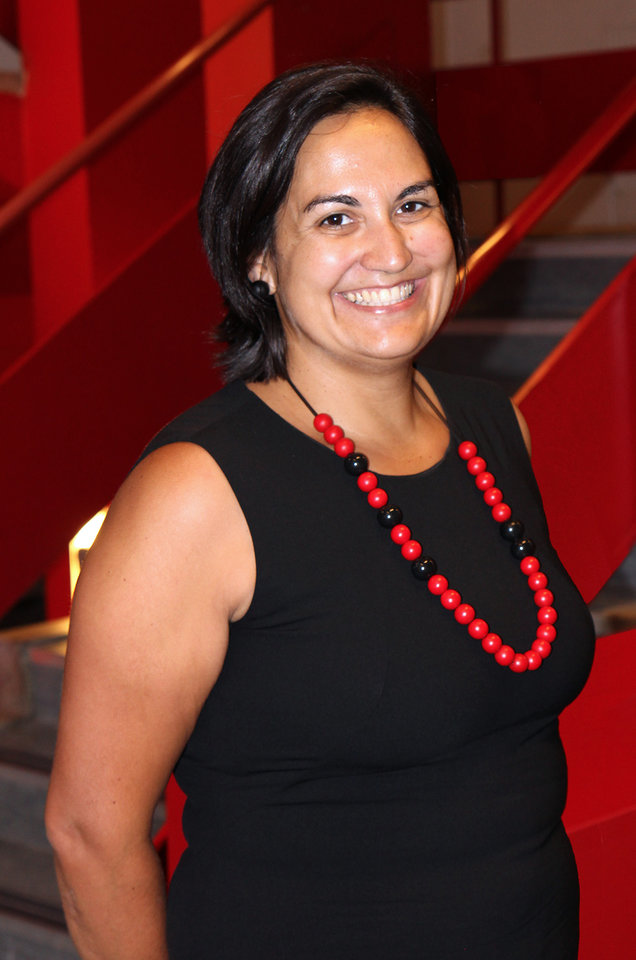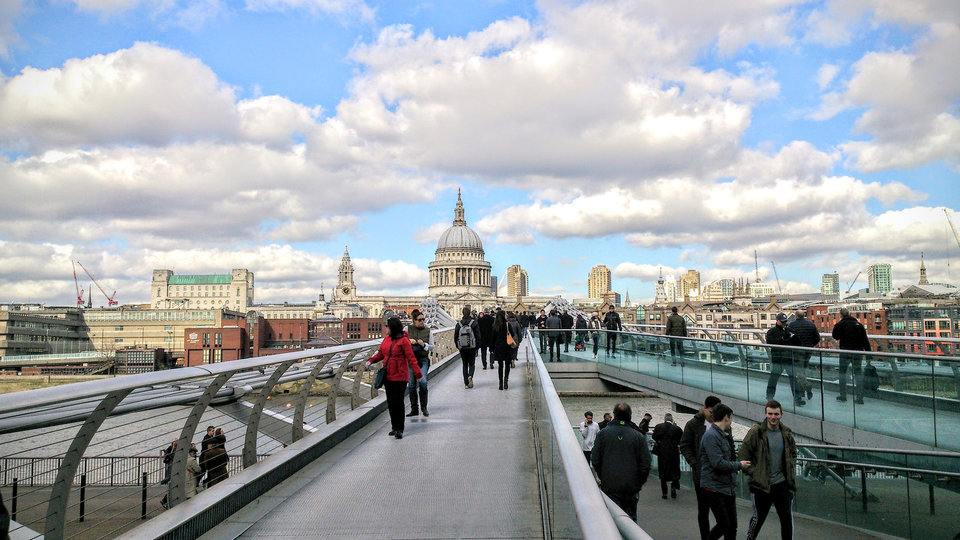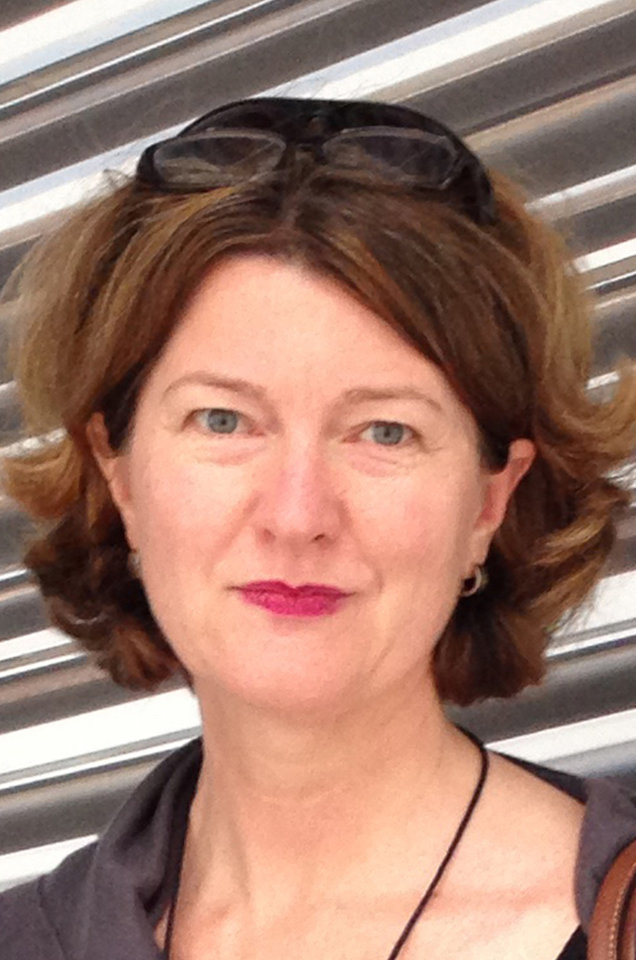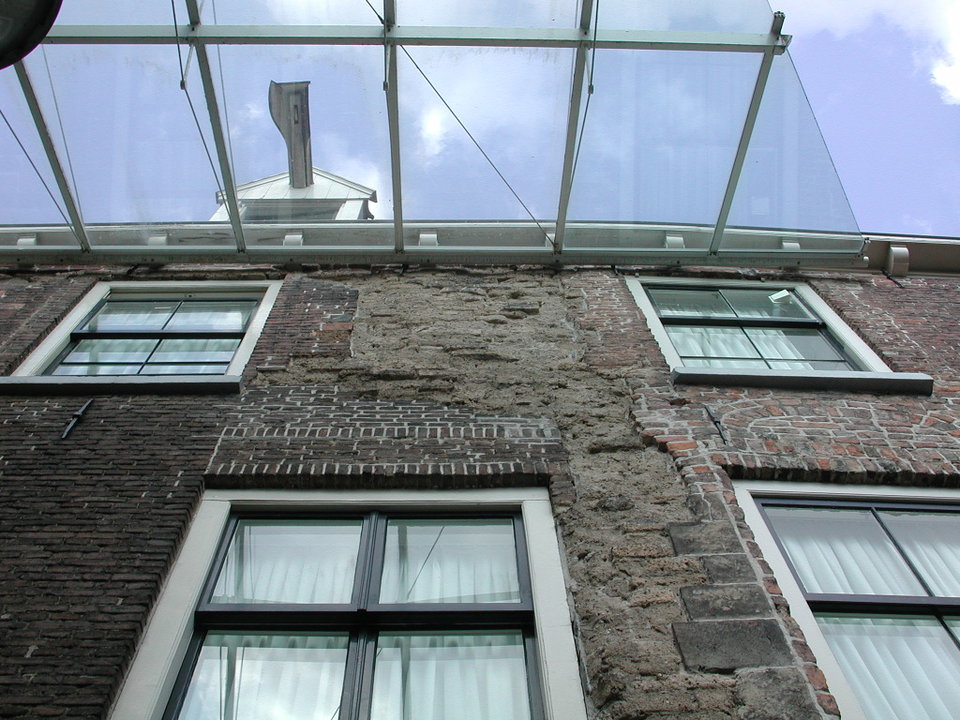100% heritage for a more sustainable future
“Heritage is important for our personal and collective experiences, also for future generations. It is not sustainable to only keep the pearls and make those more sustainable,” says Ana Pereira Roders. She and Uta Pottgiesser have been appointed next to Wessel de Jonge, creating a total of three professors on heritage at the faculty of Architecture and the Built Environment of TU Delft. This is to stimulate innovation and sustainability in dealing with heritage and to integrate it into education. And that is special within a faculty where designing and building something new remains the rule of thumb. Pottgiesser: "Dealing with the existing is still a different approach for architects and that needs to change. That it would be restrictive is a misconception. Heritage is challenging precisely because a greater appeal is made to their creativity".
Ana Pereira Roders has been appointed as Professor of Heritage and Values and Uta Pottgiesser as Professor of Heritage and Technology. The two new professors approach heritage from a broader perspective. Roders focuses on the value that we attach to heritage - both the more traditional values such as historic and aesthetic, and contemporary values, such as the social, economic and ecological aspects, which all impact sustainability. She will subsequently explore the extent to which these values influence decision-making regarding changes to the built environment. Pottgiesser researches which techniques can be used to preserve heritage, but also which techniques were used in the past. "We are inclined to think that new techniques are the best solution, but existing techniques are often fine and do not need replacing. They are an important part of our history and traditions.
Definition
However, the professors have the same vision of what heritage is. Roders: “Heritage moves beyond simply listed buildings. It includes everything that we have inherited from the past. From the cup of coffee we drink, to the music we listen to, but it is logical that within our faculty, we should concentrate on the built environment and how that impacts other heritage.” Currently only a small percentage of the built environment is designated as heritage. The subsequent expectation is often that every effort is then made to preserve these special buildings as best possible. But the condition of a lot of the heritage does not improve after being listed. This distinction also results in an imbalance in the city: the other buildings do not need preserving, so they can be ‘discarded’ just like that. “These buildings are considered to be worthless, but they are often anything but. Society fails to recognise their value, but that is a different issue. Heritage lists therefore result directly from our consumer society,” argues Roders. Pottgiesser adds that attributing special value to heritage certainly does not always have the desired effect. “Take Venice, for example. It is a World Heritage Site, but it is not preserved or treated as such. The reality eclipses the city's protected status.”
Valuation
Roders and Pottgiesser believe that our approach to determining the value of our built environment is outdated. Certainly in times of climate change, which demand a more sustainable approach. Pottgiesser: “Switching things around and looking upon 100% of our built environment as being heritage changes our perspective. We will be exploring what is valuable and what the possibilities are. But this does not mean that we will keep everything. Buildings with less value could be adjusted more, creating greater flexibility and new opportunities for new usage, for example.” In her research, Roders therefore champions effective value assessment. By providing the necessary information about heritage, she wants to stimulate innovation, but also create a base for subsequent testing of whether targets have been achieved, or even surpassed. “If you recognise the ecological or economical value of a building, for example, there is often greater scope for change than if you want to preserve the historical, social or emotional value.”
Threats
Both professors see global capitalism as a major threat to good heritage management - as a “new type of colonisation that is taking over the entire world,” as Pottgieser puts it. “There is immense pressure from the market to demolish and clear many existing buildings and sites to make way for new construction, while I wonder whether building everything new is really that much better.” The professors also see heritage as a significant indicator of a certain spirit of the age. Roders: “The world is changing constantly; culture adapts and new developments are introduced. It is important for our collective memory that all of these layers are documented and remain visible. Even those that we are less proud of, but that have taught us a lot. There needs to be a balance between preserving local traditions and the global pressure to modernise and innovate.” Pottgieser explains, for example, that certain products and techniques are unthinkingly exported. Such as concrete to a country where workers are not trained to use it properly and where the climate is unsuitable. “With all the subsequent repercussions.”
Knowledge sharing
Governmental support is vital if heritage is to have any chance, while Roders and Pottgieser also believe that science can play an important role through sharing and applying knowledge. To this end, they have entered into collaborations with various partners. The professors are working together with the Monumentenwacht, an organisation offering inspection and advisory services for monument owners, to develop a preservation strategy. But also with the International Centre on Space Technologies for Natural and Cultural Heritage (CAS-RADI-HIST), using their satellites to monitor the development of world heritage and to provide preventative assistance. Roders: “In recent decades, China has seen immense and rapid development. This can be seen in how areas - cities but also rural areas - change. By using the satellites, we are able to automatically track most of these changes and relate them to protected areas in cities.” The fact that both professors are backed by the spirit of the age certainly helps when establishing partnerships such as these. Pottgiesser: “Greater awareness regarding the climate crisis means that there is an ever-increasing focus on local approaches and a more considered attitude towards existing buildings. Heritage offers proof of how cities can be preserved forever. As well as providing us with valuable lessons regarding the future of the circular economy.”




